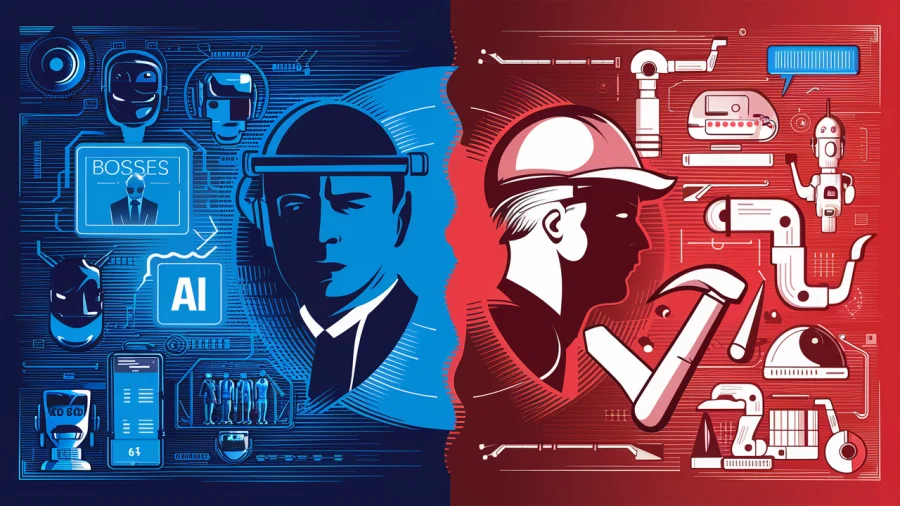Micah Alpern asked via my Comments form: “Wasn’t this term [universal canvas] first popularized by Apple with their failed OpenDoc program?” Only one way to find out and that’s pay a visit to Google. I found a definition of OpenDoc, but I didn’t see anything that had OpenDoc and Universal Canvas in the same sentence. Anyone know of a link?
Looking for more info, I took a ride on The Wayback Machine and travelled back to 1996 – the Apple OpenDoc website. This snippet from 1996-era Apple is a good summary of what I discovered about OpenDoc:
“You can combine features from your favorite soft-ware applications – including tools to handle text, graphics, photography, spreadsheets, video – even live data links and Internet connections – and use them in a single, simple work environment. The result: a work environment that’s truly integrated.”
I have to admit, it does sound similar to the universal canvas concept – in a mid-90’s sort of way. OpenDoc was all about bringing different software components together into a single application. The Microsoft vision is about bringing together data from different applications, using XML – very post-2000 🙂
Also check out Apple’s former product called Cyberdog – does this blurb remind you of something:
“Because Cyberdog uses OpenDoc component technology, it’s completely integrated into the operating system and can be extended with other OpenDoc components.”
Integrated into the OS, sounds familiar eh. On that topic, this 3-year old Macworld article also seems very prescient now. It was written by Wes George, soon after Microsoft announced its .NET strategy in 2000. Wes said this:
“The thrust of Microsoft.Net is to Vulcan mindmeld the operating system to centralized Microsoft servers by making the browser and the OS one piece of software. All access to information, services, or other applications are controlled from this “universal canvas.” And the universal canvas is directly linked to Microsoft at all times.”
I don’t share the view that Microsoft wants to control us all via centralized servers. But still it is worth considering both the pros and cons of the “universal canvas” – particularly if it does end up integrated into the OS along with the browser.

















